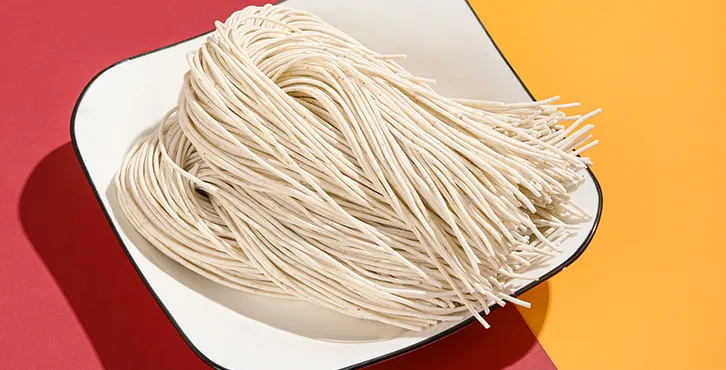asian handmade noodles
The Art of Asian Handmade Noodles
In the diverse and vibrant tapestry of Asian cuisine, handmade noodles stand out as a beloved staple, representing tradition, culture, and a deep-rooted passion for food. Across various countries in Asia, each region has its own unique take on noodle-making, harnessing local ingredients and culinary techniques that have been passed down through generations. From the delicate strands of Chinese wheat noodles to the hearty rice noodles of Southeast Asia, the diversity of handmade noodles is truly remarkable.
History and Cultural Significance
The history of noodles dates back thousands of years, with evidence suggesting that they were first crafted in China around 2000 B.C. Since then, noodles have evolved into a culinary phenomenon, transcending regional boundaries. Across Asia, noodles hold significant cultural importance, often being the centerpiece of festivals, celebrations, and family gatherings. For instance, in China, noodles symbolize longevity and are traditionally eaten during birthdays and New Year celebrations. In Japan, soba noodles are enjoyed on New Year's Eve to symbolize the crossing over from one year to the next.
The Craft of Making Handmade Noodles
Handmade noodles are a testament to the skill and dedication of their creators. The process often begins with simple ingredients flour, water, and sometimes eggs. These ingredients are mixed to form a dough, which is then kneaded vigorously to develop the gluten structure, giving the noodles their unique texture. Kneading is both an art and a science; it requires just the right amount of pressure and time to achieve the perfect consistency.
Once the dough reaches the desired elasticity, it's rolled out and cut into various shapes and sizes. Each type of noodle has its own method of preparation. For instance, Chinese dumpling noodles are typically thin and chewy, while Japanese udon noodles are thick and soft. The cutting techniques and styles vary widely, with some hand-pulled noodles requiring a unique stretching method that creates thin, elastic strands.
asian handmade noodles

Regional Variations
Asian handmade noodles are highly regional. In China, one finds a vast range from the delicate, silk-like noodles of Jiangsu to the thick and hearty wheat noodles in Northwest China. Each variation is often paired with specific broths or sauces that enhance their texture and flavor profile.
In Japan, the diversity continues with soba, made from buckwheat flour, and udon, which is made from wheat flour. Soba noodles can be served cold with a dipping sauce or warm in a broth, showcasing their versatility and the artistry behind their preparation.
Southeast Asia boasts its own noodle traditions, with dishes such as pho from Vietnam featuring flat rice noodles served in a fragrant broth, and pad Thai, which uses rice noodles stir-fried with a medley of ingredients. The richness of these dishes illustrates how handmade noodles can adapt to different flavor profiles and culinary techniques.
Conclusion
Handmade noodles are more than just a food item; they encapsulate the history and culture of their origins. The traditional methods of making these noodles create a unique culinary experience that can connect people to the past while enjoying the present. Whether slurping up a bowl of steaming noodles at a bustling street market or perfecting the art of noodle-making at home, the experience is one of connection, creativity, and appreciation for the flavors of Asia. Embracing the art of handmade noodles not only enriches our palates but also encourages a deeper understanding of the vibrant cultures and histories that surround this cherished food. So, the next time you indulge in a bowl of handmade noodles, take a moment to appreciate the love, tradition, and artistry that have gone into every delicious strand.
-
Unleash Your Inner Chef with Delectable Italian Pasta CreationsNewsAug.01,2025
-
Savor Health and Flavor: Irresistible Soba Noodles for Sale Await!NewsAug.01,2025
-
Nourish Your Body with Premium Organic Ramen - A Culinary Delight AwaitsNewsAug.01,2025
-
Elevate Your Dishes with Our Exquisite Kinds of Egg NoodlesNewsAug.01,2025
-
Dive into Flavorful Convenience with Our Ramen OfferingsNewsAug.01,2025
-
Discover Exquisite Types of Naengmyeon and Chilled Soba NoodlesNewsAug.01,2025
-
Is Whole Wheat Pasta Healthy?NewsMay.30,2025
Browse qua the following product new the we

















































































































